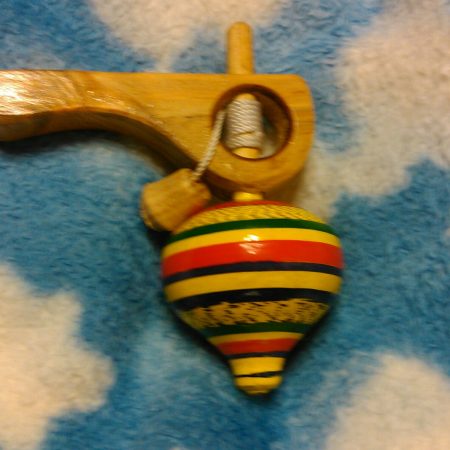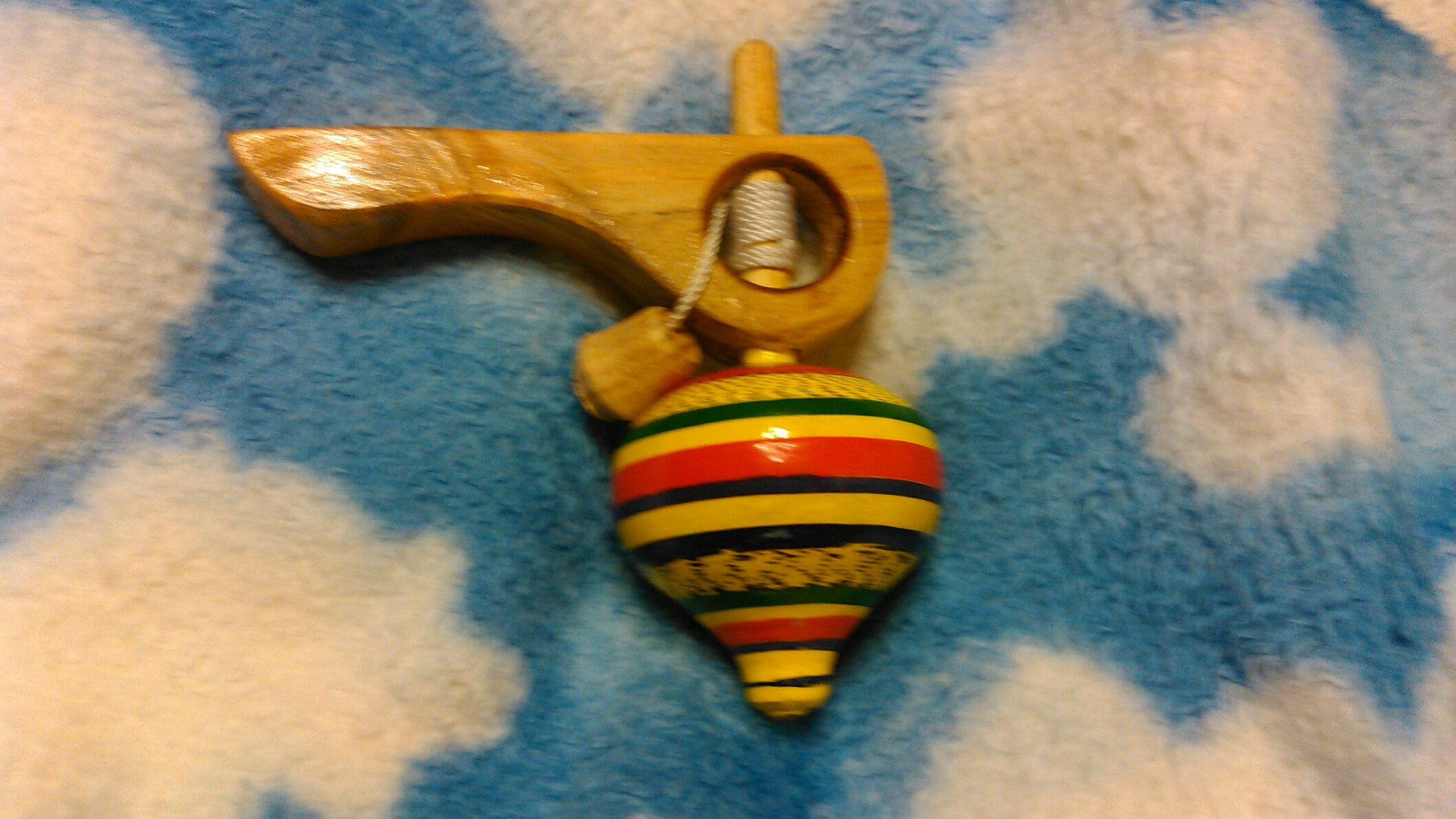by Dan Jones

Two weeks ago, I wrote about my recent mission trip to Guatemala, but there’s this small event that took place one day that keeps poking its nose into my consciousness…
It’s customary on a short-term mission trip to take the team on what’s for all intents and purposes a short tourist journey. It kind of breaks up the day-to-day routine and it allows the team members to acquire some local trinkets to take back to their loved ones or treasure as a remembrance of their Holy Spirit-filled time in a distant land.
And so it was that Don Miguel, our Guatemalan driver, braved the traffic of his native land to deliver our team of seven to the Mercado (market) in Antigua for an hour or so of shopping one afternoon. Our team leader, Kenny, wisely asked that we thoughtfully consider the volume of useless jun… make that “treasured keepsakes”… that we would never be able to take to heaven with us that we cared to pack into our suitcases, load aboard a jet airliner and transport 2500 miles back home. We were also instructed that we had been delivered to a place where the vendors were know and trusted so we should not stray off into sin and error.
We were also told that some degree of negotiation was not only permissible but, to a certain degree, expected. It was okay to negotiate, but we were not to become belligerent or argumentative. I was familiar with this concept.
With our requisite instructions and cautions, we entered the Mercado and were treated to a myriad of Guatemalan wonders in the center of the courtyard near a fountain. We agreed that we would meet up again by this same fountain in approximately one hour.
Guatemalan fabrics are known for a tremendous variety of very bright colors. They are also mostly handmade on simple hand looms right there in Guatemala. The items are bright, functional, durable, and beautiful.
And, since a number of our team members were twenty-something ladies who found this sort of thing appealing, they immediately set about exploring the absolute plethora of intriguing items. I tagged along with some of the young ladies as the older, more experienced skilled negotiator, having been seasoned in negotiations with peoples from all over the world both at home and abroad. (I’ve sold a lot of used cars.)
As the young ladies were admiring the items at one stand, I noticed a relatively large pile of interesting children’s toys right in front of me. I was particularly intrigued by a colorful top with a wooden handle and a string with a wooden knob on it. One could hold the handle and pull the string, which was wrapped around the shaft of the top, and it would spin quite fast. The toy was handmade in Guatemala by Guatemalans and I thought it would make a nice conversation piece.
I picked it up, made eye contact with the lady running the stand and said, “Cuanto?” (Yes, the Spanish word for “How much?” seems custom-designed for negotiations.)
She replied, “Twenty-five.”
Now, I knew the Guatemalan currency known as the quetzal is worth about 13.5 cents, which meant (even with my limited math skills) I knew this lady was asking less than $3.50 for the top. That seemed imminently reasonable, even cheap, but of course one just has to negotiate somewhat or…. well, it’s just how things are done.
So, I said, “How about fifteen?”
Now, at this point, the international rules of negotiation clearly state that this fine lady is supposed to roll her eyes and say as dramatically as possible, “FIFTEEN!??! Ohhhhh, you’re killing me here!”
I don’t make the rules. This is supposed to be how it works. She is then supposed to say 22 or 23, at which point I say 17 or 18, and then we settle on 20, which is what we both knew would happen from the moment I made my initial offer.
But that is NOT what happened.
She said, “Forty-five.”
“What!?!??! You just said twenty-five,” I said as if Earth itself had suddenly ceased to rotate on its axis. “How about twenty?”
“Forty-five,” she repeated.
I did not know what to do, so I put the top back down on the stack of toys, said, “I’m out,” and walked away.
We continued to wander through the Mercado and I bought a couple of other items for my wife and daughter, all of which included absolutely standard, normal negotiations. We met back at the fountain about ten minutes early.
As I was talking with my team members, one of them randomly mentioned the phenomenon of the regret one experiences when one does not purchase a certain item one had intended to buy.
And with that, I knew what I had to do.
I went back to the same stand, picked up the same top, looked the same lady in the eye, and said, “Cuanto?” as nicely and normally as I knew how.
She said, “Twenty-five.”
I said, “SOLD!”
And then I handed her thirty quetzals.
She made five quetzals in change and handed it back to me, which I handed right back to her and said, “Para ti,” which means, “For you.”
She smiled this great big smile and said, “God bless you,” in slightly imperfect English.
“Dios te bendiga,” I replied with a smile just as big in an accent that almost certainly sounded like Ole Olafson vainly attempting Spanish with a mouth full of lutefisk.
And I have thought about that moment over and over again.
And I wonder what it is in me, in all of us, that has to be right. Here was this lady offering to sell me a handmade child’s toy for $3.38 in a country where the average annual income is $2,740 per year and many, many people live on two dollars per day. I have no idea what the person who made that top makes in a year, but there’s a pretty good chance it’s not very much at all. I have no idea what the lady who runs that stand makes in a year, and I don’t have to know.
I’m glad I paid $4.06 for a $3.38 top.
We take this concept of “stewardship” and we mangle it to the point where we think it gives us license to club people with it. We think that we have this obligation to not waste a single penny but we forget that we are missionaries of the Gospel of Jesus Christ who paid our debt of sin with His very life.
Just as every song and every word preached on Kinship Christian Radio tells us, Jesus paid the price of our sin. He cancelled our debt when there was no other way, no bartering, no negotiating that final price.
We forget that our Father is the God of the universe, who owns not just the cattle on a thousand hills, but that He also made every star in the sky in all this infinite universe. He who spoke all of this into being and breathed His own breath into us sent His only Son to die for us and all it costs for us live with Him forever is to believe that Jesus paid that debt for us.
All we have to do is believe we owe nothing.
Let me say that again: All we have to do is believe we owe nothing.
Nothing. We owe nothing because Jesus paid it all.
So, when He asks that we would love Him and love one another, how much does it really cost us to overpay 68 cents for that which we will leave behind us when we join him in eternity? And, if I find that a tiny bit of generosity given in a merchant’s stall in Guatemala results in a some lady walking up to me in heaven who says, “Hey! You’re that gringo who tipped me for the top that day!” I will have stored up treasure in heaven far exceeding all the gold and all the quetzals in all the world.
Today’s Praise
“Jesus died my soul to save” my lips shall still repeat
All to him I owe
Sin had left a crimson stain, he washed it white as snow.
He washed it white as snow. — from “Jesus Paid It All, by Kristian Stanfill


I love this!